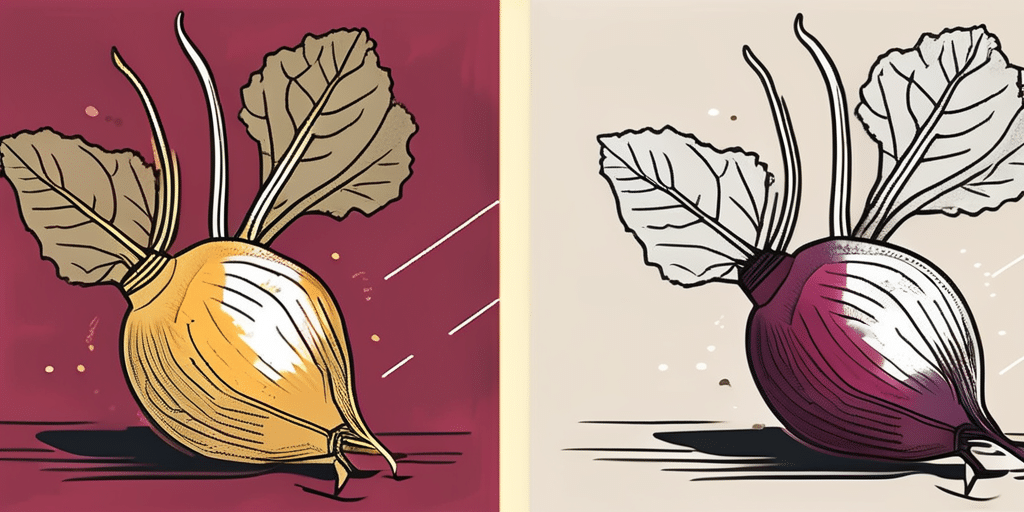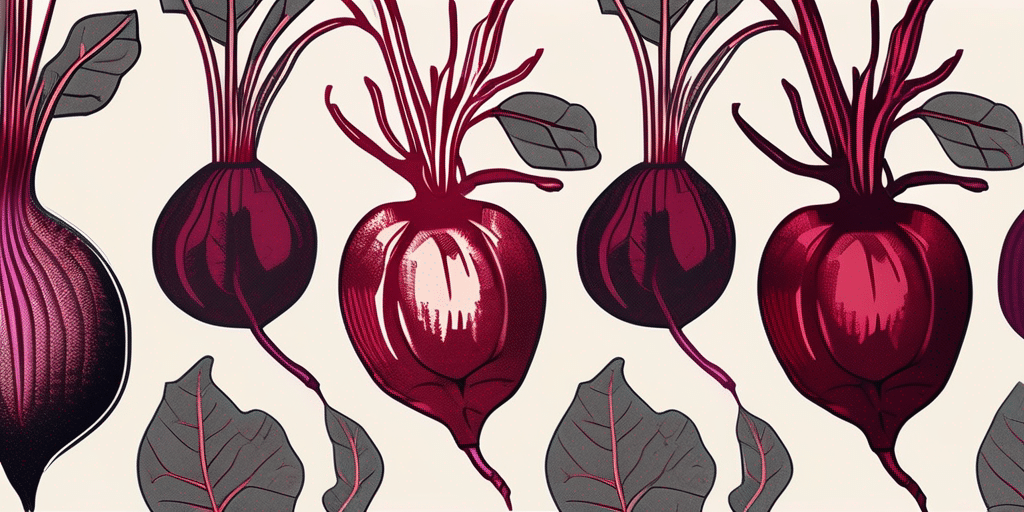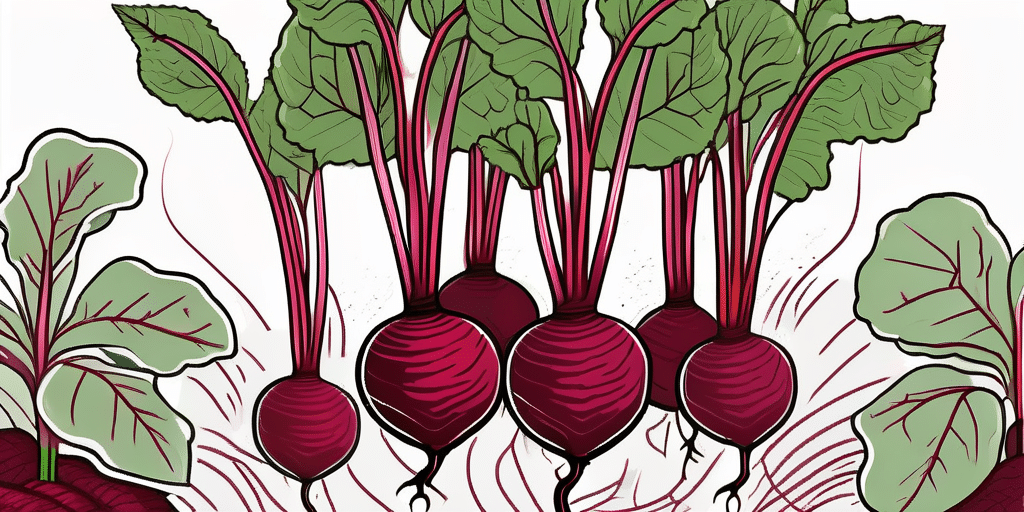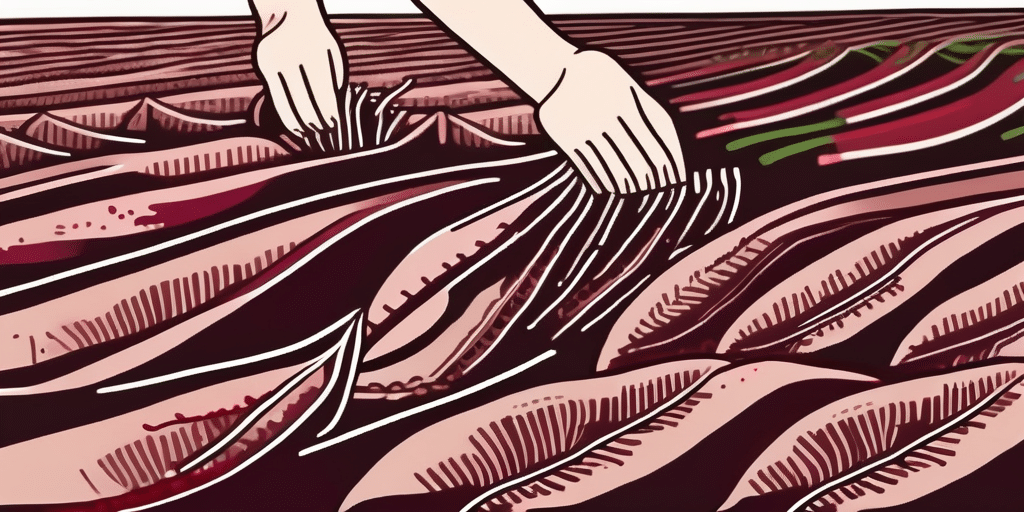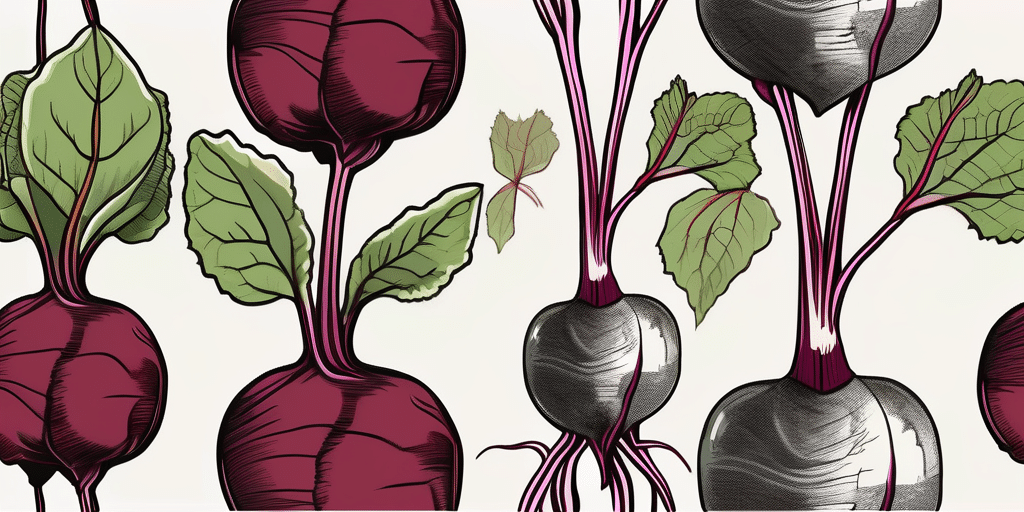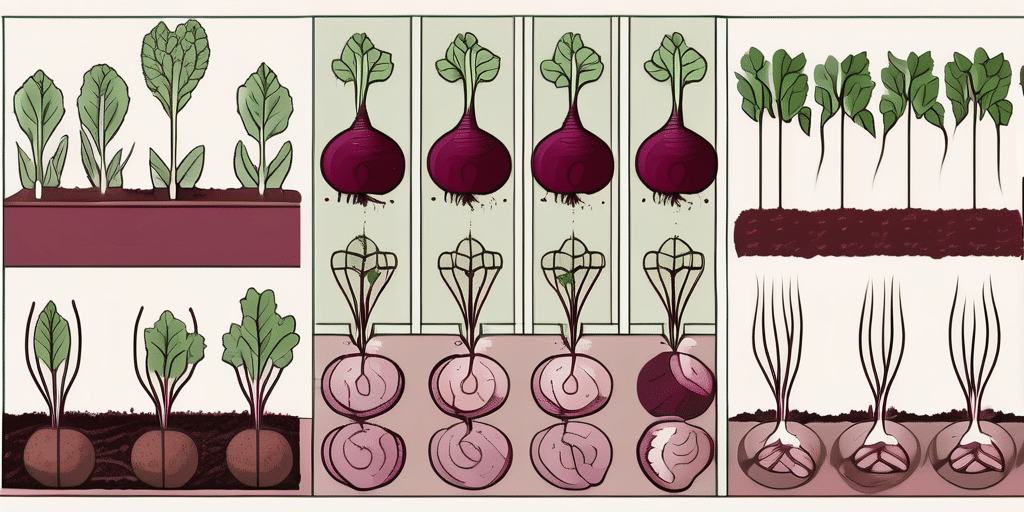Beets are a nutritious and versatile vegetable that come in many different varieties. Two popular types of beets are Chioggia beets and Red Ace beets. While both offer delicious flavors and vibrant colors, they also have their own unique characteristics. In this article, we will explore the differences between Chioggia beets and Red Ace beets, so you can make an informed decision about which one is right for you.
What are Chioggia Beets?
Chioggia beets, also known as candy cane beets or striped beets, are a type of beet that originated in Chioggia, Italy. These beets have a distinct appearance with their vibrant pink and white rings that resemble a bull’s-eye when sliced. Chioggia beets have a slightly sweeter and less earthy flavor compared to other beet varieties.
Rich in nutritional benefits, Chioggia beets are a great source of folate, potassium, and fiber. They also contain antioxidants that can help reduce inflammation and protect against certain chronic diseases.
When it comes to culinary uses, Chioggia beets are versatile and can be enjoyed raw in salads, pickled, roasted, or even juiced for a refreshing and nutritious beverage. Their unique appearance makes them a popular choice for garnishing dishes and adding a pop of color to any meal.
Pros of Chioggia Beets:
- Unique and visually appealing appearance
- Sweeter taste compared to other beets
- High in essential vitamins and minerals
- Numerous health benefits, including antioxidant properties
Cons of Chioggia Beets:
- Availability may be limited compared to more common beet varieties
- Can be more expensive depending on the market
- May stain hands and cutting boards during preparation
One interesting fact about Chioggia beets is that their vibrant colors are not just for show. The pigments responsible for the unique pink and white rings, called betalains, are not only visually appealing but also have been studied for their potential anti-inflammatory and detoxification properties.
What are Red Ace Beets?
Red Ace beets are a popular variety known for their deep red color and earthy flavor. These beets have a smooth texture and are slightly sweeter than some other beet varieties. They are versatile in the kitchen and can be used in a variety of dishes, both raw and cooked.
In addition to their flavor profile, Red Ace beets offer an array of health benefits. They are an excellent source of dietary nitrates, which can help support healthy blood pressure levels and improve athletic performance.
When it comes to the culinary world, Red Ace beets are a chef’s dream ingredient. Their rich, earthy flavor adds depth to salads, soups, and even desserts. The deep red color of these beets not only provides visual appeal to dishes but also indicates the presence of powerful antioxidants, making them a nutritious choice for vibrant meals.
Furthermore, the versatility of Red Ace beets extends beyond traditional cooking methods. They can be pickled to create tangy beet pickles, juiced for a refreshing and nutrient-packed beverage, or even roasted to enhance their natural sweetness. The options are endless when it comes to incorporating these nutrient-dense root vegetables into your diet.
Pros of Red Ace Beets:
- Rich, earthy flavor
- Deep red color adds visual appeal to dishes
- High in dietary nitrates for cardiovascular health
- Versatile usage in various culinary creations
Cons of Red Ace Beets:
- May have a stronger earthy taste compared to other beet varieties
- Considered “common” and may lack the uniqueness of Chioggia beets
- Can be messy to prepare due to their vibrant red color
Are Chioggia Beets or Red Ace Beets Right for You?
Deciding between Chioggia beets and Red Ace beets ultimately depends on your personal preferences and culinary needs. If you are looking for a visually stunning beet variety with a slightly sweeter taste, Chioggia beets are an excellent choice. These beets, also known as candy cane or striped beets, have a unique pink and white striped pattern when sliced, making them a popular choice for salads and garnishes. Their mild, sweet flavor adds a delightful touch to dishes, whether raw or cooked.
On the other hand, if you prefer a deep red beet with a rich earthy flavor and versatile usage options, Red Ace beets might be more suitable. These beets are known for their vibrant red color that intensifies when cooked, adding a pop of color to any dish. Their earthy flavor pairs well with a variety of ingredients, from tangy goat cheese to nutty grains, making them a versatile option for both sweet and savory recipes.
Consider the specific qualities of each beet variety and how they align with your taste preferences, visual presentation goals, and desired health benefits. Whether you choose Chioggia beets for their striking appearance and sweetness or Red Ace beets for their deep color and earthy flavor, both options offer unique characteristics that can elevate your culinary creations.
Frequently Asked Questions
Here are some common questions about Chioggia beets and Red Ace beets:
1. Can I eat Chioggia beets raw?
Yes, Chioggia beets can be enjoyed raw. Sliced thinly, they make a colorful addition to salads or can be pickled for added flavor. Their sweet and slightly earthy taste adds a refreshing crunch to any dish, making them a versatile ingredient in raw preparations.
If you’re feeling adventurous, try marinating Chioggia beet slices in a mixture of citrus juice and olive oil for a zesty and bright salad topping.
2. How should I cook Red Ace beets?
Red Ace beets can be roasted, boiled, steamed, or even grilled. Just make sure to trim the tops, scrub the skin well, and wrap them in foil before roasting for easier peeling. Roasting Red Ace beets brings out their natural sweetness and intensifies their flavor, making them a delectable side dish or addition to salads.
For a simple and delicious preparation, try roasting Red Ace beets with a drizzle of balsamic glaze and a sprinkle of fresh herbs for a gourmet touch.
3. Do Chioggia beets retain their color when cooked?
No, the vibrant pink and white rings of Chioggia beets will fade when cooked. However, they will still maintain a subtle striped pattern. The unique coloration of Chioggia beets comes from a compound called betacyanin, which is sensitive to heat and breaks down during cooking, resulting in a softer hue.
To preserve the striking appearance of Chioggia beets in cooked dishes, try steaming or quick sautéing them to minimize color loss while retaining their crisp texture.
4. Are Chioggia beets and Red Ace beets available year-round?
Beet availability can vary depending on your location and local growing seasons. It’s best to check with your local farmers’ markets or grocery stores for availability. Chioggia beets and Red Ace beets are typically in season during the late spring to early fall months, but advancements in agricultural practices may extend their availability in some regions.
Now that you have a better understanding of the differences between Chioggia beets and Red Ace beets, you can choose the variety that suits your taste preferences and culinary needs. Whether you opt for the visually stunning Chioggia beets or the deep red and earthy Red Ace beets, both varieties offer delicious flavor and a myriad of health benefits. So, go ahead and explore the wonderful world of beets!
Join Our Gardening Community
Ready to turn your beet fascination into a flourishing garden? Subscribe for free to How to Grow Everything and start building the garden of your dreams today! Receive personalized gardening advice tailored to your location, grow zone, and experience level. With our family’s promise of no spam, just the best gardening tips, special offers, and thousands of free articles, you’ll be growing Chioggia, Red Ace, and all your favorite beets in no time. Let’s grow together!

